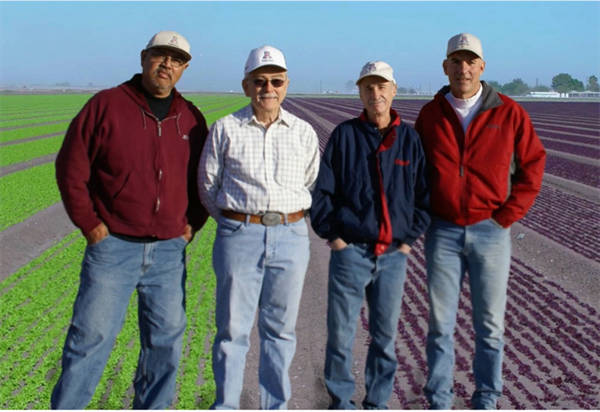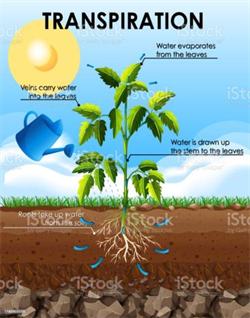-
Apr 16, 2025Whitefly Management on Spring Melons (2025)
With the produce season rapidly winding down, it’s time to begin thinking about insect management in melons. Spring melon crops are rapidly growing, and so are insect pest populations. Cabbage loopers and leafminers are becoming evident in some areas, and PCAs should start ramping up their monitoring and sampling. More importantly, whitely populations are quietly becoming abundant on the spring melons of all sizes. Adults can easily be found on recently planted melons located at the Yuma Ag Center, and reports from local PCAs suggest that adult populations are beginning to show up on older plantings. As temperatures increase and crops/weeds mature, avoidance of excessive feeding from whitefly nymphs should be the primary concern on all melon types. Although CYSDV does occur in later spring melons, it is rarely yield limiting. But honeydew and sooty mold contamination on cantaloupes, mixed melons and watermelons can significantly reduce quality and marketability is whiteflies are not adequately controlled. Our research has shown that to prevent fruit yield and quality losses on spring melons, a foliar insecticide treatment should be applied on threshold; that is, when average adult numbers exceed 2 per leaf when averaged across an entire melon field. At this level of adult abundance, immature populations are beginning to colonize. Timing sprays based on the adult threshold has been shown to significantly reduce the chance of yield / quality losses during spring harvests. This threshold applies for the use of recommended IGRs (Courier, Knack, Cormoran, and Oberon), foliar applied neonicotinoids (Assail, Venom, Scorpion), neonicotinoid-like compounds (Sivanto prime and Transform), diamides, (Exirel and Minecto Pro) and the new feeding disruptors (PQZ and Sefina).
For more information on whitefly management and available insecticides, go to these documents on Insect Management on Spring Melons: Whiteflies and Whitefly Control Chart-Spring Melons -2025. Also, be aware of honey bees and other pollinators in or around melon fields. If bees are present, be sure to carefully read labels and determine bee safety of a product before making an application in a melon field. If applications are necessary during bloom, only apply a product that is considered bee safe (e.g., PQZ, Sefina, Sivanto, Assail). We also recommend that insecticides only be applied when honeybees are not actively working in the field (e.g. 10:00 pm – 3: 00 am).
 To contact John Palumbo go to: jpalumbo@ag.Arizona.edu
To contact John Palumbo go to: jpalumbo@ag.Arizona.edu



















